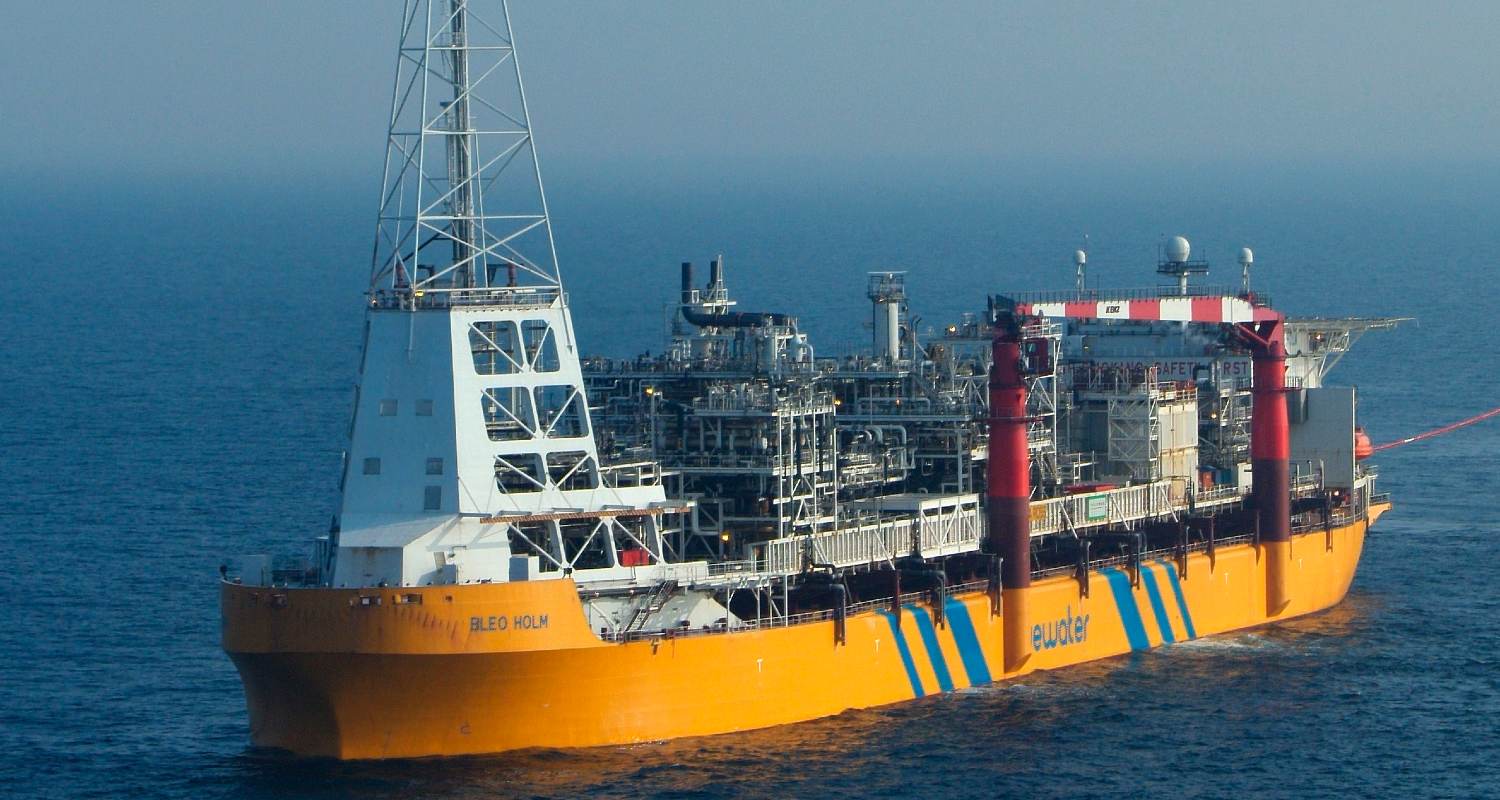Process safety
Process safety
Safety is key in all of our processes and operations
Safety is key in all of our processes and operations
We manage process safety throughout the whole life cycle of our activities, from the moment when a plant or process is being designed until it is dismantled, integrating risk management into all our operations and throughout our value chain.




